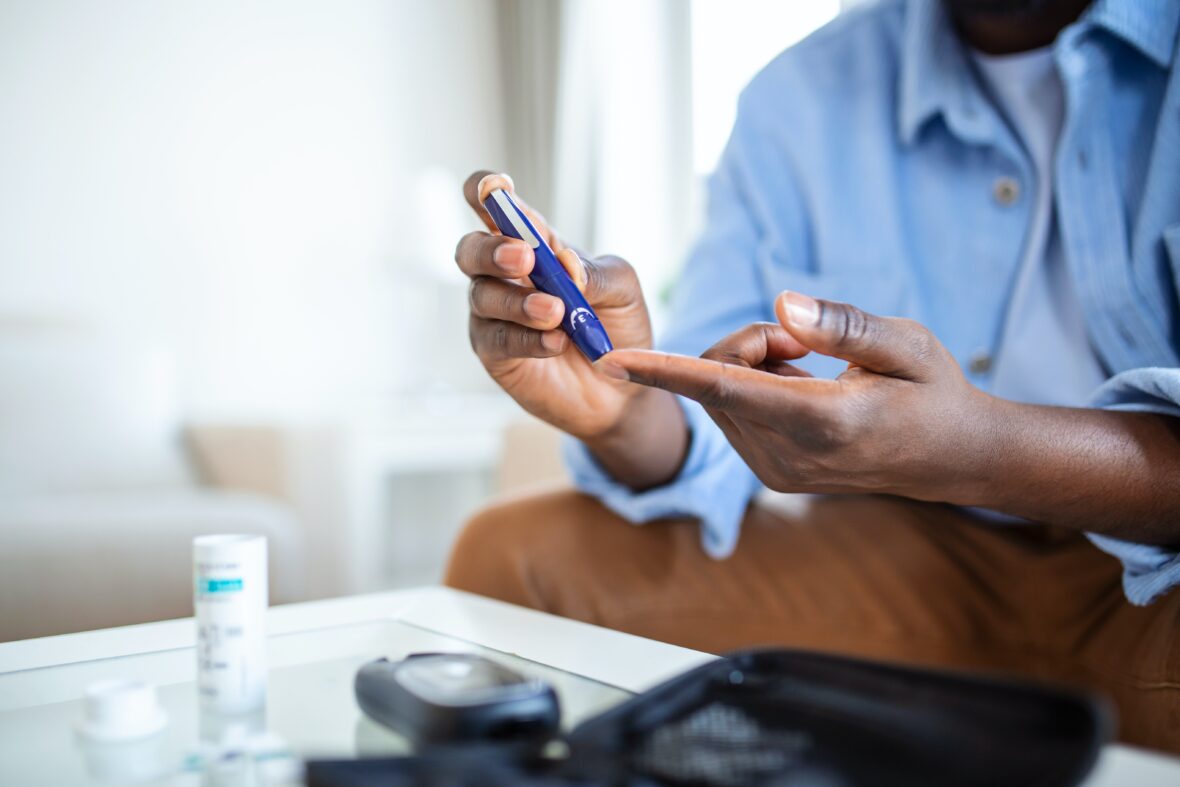November is a special month for all of us. The autumn leaves are at their peak, but more importantly, it is National Diabetes Awareness Month. As pharmacists, our role is vital in the lives of diabetes patients. This observance provides us with a unique opportunity to make a significant impact on their health and well-being. In this guide, we will delve into the significance of Diabetes Awareness Month, explore the associated symbols and color for diabetes, and discuss how pharmacists can best serve their diabetes patients during this crucial time.
Diabetes Awareness Month Background
Diabetes is a chronic medical condition characterized by elevated blood sugar levels, resulting from the body’s inability to effectively produce or use insulin, a hormone that regulates blood sugar. There are primarily two main types of diabetes: Type 1, which is an autoimmune condition where the immune system attacks insulin-producing cells, and Type 2, which is typically associated with lifestyle factors and insulin resistance. Diabetes can lead to a range of health complications, including heart disease, kidney problems, nerve damage, and vision impairment. Managing diabetes often involves medication, dietary adjustments, regular monitoring, and a focus on maintaining stable blood sugar levels to ensure the well-being of those affected by this condition.
According to the CDC’s National Diabetes Statistics Report:
- 37.3 million Americans—about 1 in 10—have diabetes.
- 1 in 5 people with diabetes don’t know they have it.
- 96 million American adults—more than 1 in 3—have prediabetes.
- For adults with diagnosed diabetes:
- 69% had high blood pressure, and 44% had high cholesterol.
- 39% had chronic kidney disease, and 12% reported having vision impairment or blindness.
- Diabetes was highest among Black and Hispanic/Latino adults, in both men and women.
When is Diabetes Awareness Month?
The awareness month began in 1975 but was officially recognized in 1981 by President Reagan. Diabetes Awareness Month is observed throughout the entire month of November, with November 14th recognized as World Diabetes Day, or diabetes awareness day. This month is completely dedicated to increasing awareness about diabetes, including its causes, prevention, and management. The primary objective is to emphasize the importance of diabetes education, early diagnosis, and support. In solidarity, the diabetes awareness color blue symbolizes hope, understanding, and unity. Blue represents the hope for a brighter future for people living with diabetes. When you see someone wearing a blue ribbon or adorning their surroundings with blue decorations, it’s a sign of their commitment to the cause.
The Power of a Ribbon
Ribbon symbols have become a universal language of awareness and support. They serve as a reminder of the importance of various health issues and a call to action. For diabetes awareness, the blue ribbon plays a crucial role in reminding us that millions of people worldwide are living with this condition. As pharmacists, wearing a blue ribbon during Diabetes Awareness Month is a simple yet impactful way to show your dedication to supporting diabetes patients and their families.
How to Best Serve Your Diabetes Patients
We know pharmacists play a crucial role in diabetes care. The study, “The role of the pharmacist in the management of type 2 diabetes: current insights and future directions,” emphasizes the importance of community pharmacies in providing comprehensive diabetes management services, including medication therapy management, education, and monitoring of glycemic control.
A Pharmacist’s Role:
- Education and Empowerment: Use this month to educate your diabetes patients about their condition. Provide flyers on diabetes management, the importance of glycemic control, and the role of lifestyle choices in their well-being.
- Medication Management: As pharmacists, you play a pivotal role in ensuring that patients receive the right medications and understand how to use them effectively. Offer comprehensive medication reviews and address any concerns or side effects they may experience.
- Lifestyle Guidance: Encourage your patients to make healthier choices when it comes to diet and exercise. Provide them with resources and support to help them make informed decisions that positively impact their diabetes management.
- Regular Monitoring: Consistently assess and review your diabetes patients’ glycemic control. Assist them in setting and achieving glycemic targets and provide guidance on lifestyle modifications when necessary. There are many glucose monitoring apps that would play a helpful role in any diabetic’s life.
- Support Groups: Consider organizing or referring your patients to local support groups for diabetes patients. These groups provide a valuable platform for individuals to connect with others who share similar challenges and experiences.
National Diabetes Awareness Month is a critical time for all healthcare professionals, including pharmacists, to join forces in support of diabetes patients. Your expertise and dedication are invaluable in helping individuals manage their condition effectively. By following the insights from the study on community pharmacy-based diabetes care, you can make a significant impact on the lives of your diabetes patients. This November, don your blue ribbons, educate, support, and make a difference in the lives of those living with diabetes. Together, we can work towards a healthier, more informed, and empowered diabetes community. By continuing to promote awareness and provide comprehensive care, we can improve the lives of millions affected by diabetes.
DocStation is an industry leader in harnessing the power of technology to improve the quality of life for pharmacists and patients alike. Our innovative and intuitive pharmacy management system already helps hundreds of pharmacists streamline operations and improve patient experiences. Request your free demo today to get started!





